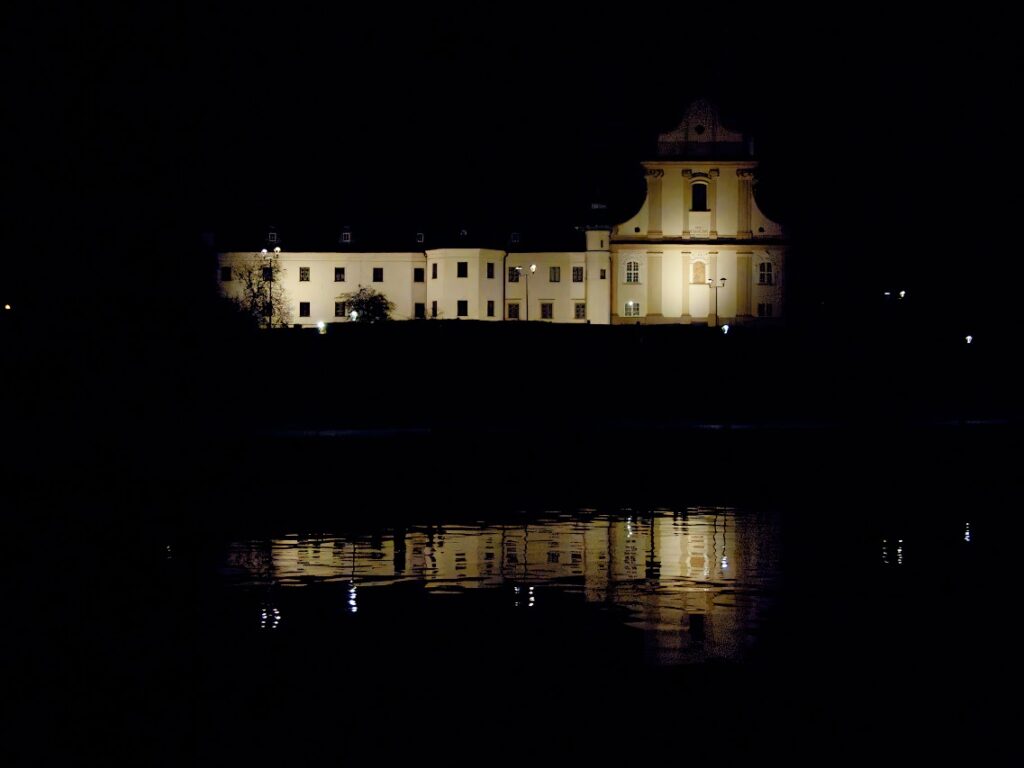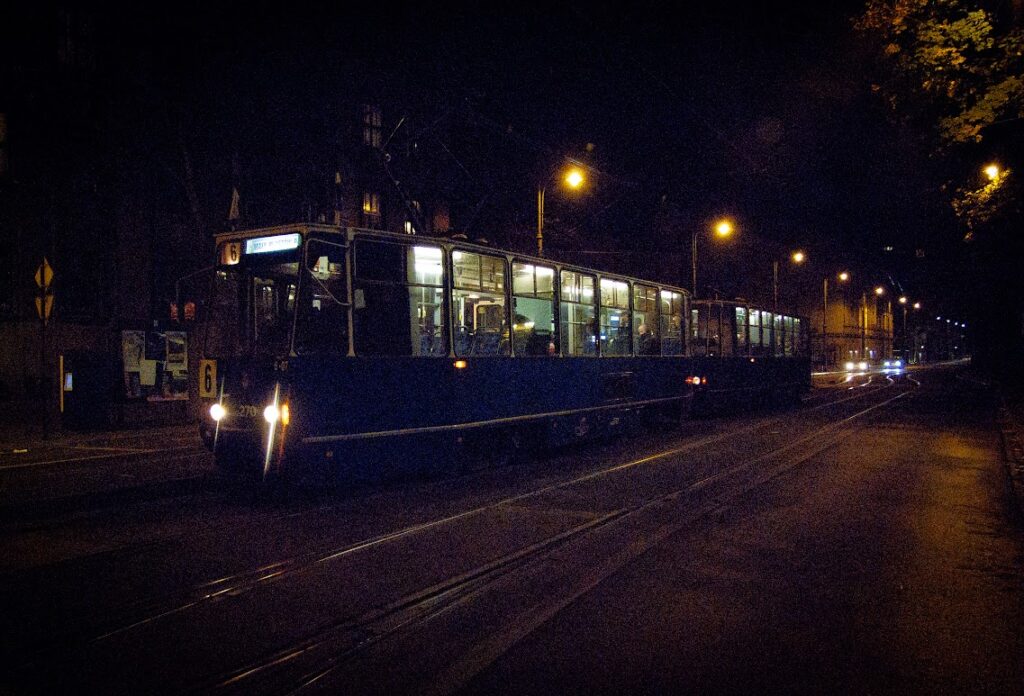Recently I had two outings (one lengthy vacation in New York and a 5-day visit to Poland) and I took very different camera gear to each: in New York I had the mighty Nikon D7500 with an all-purpose lens, in Poland I had the Fujifilm S100FS from 2008 with a 2/3″ CCD sensor. Both are fairly recent experiences, including editing.
Trivial observations:
- The modern camera gives you extreme flexibility: except for portraits and landscapes, where you use Aperture Priority, you just click it into P, rely on its super smart auto-ISO with fine-tuned shutter speed adjustments, and it does all the thinking for you. You can use it in bright daylight and super low light, if you’re in RAW it’ll be quite forgiving on blown-out highlights, messed up ISO settings, you have to be downright clumsy to shoot images you can’t salvage somehow. It’s still APS-C, but you’re almost at 4 stops of ISO-invariance, I can’t even think of the likes of a Nikon D850 or a Panasonic S5 with those full-frame sensors.
- The retro camera makes you work much harder. You’re super conscious about your ISO, and quite keen to get the exposure right. There’s not much you can do in post-process with blown-out highlights, and shadow recovery is just as limited.
- That said you can still do a ton in post-process with a retro-cam. AI-based noise filters, white balance and tone curves can breathe lots of life to these old sensors, without making them overly modern-looking (it’s a thin line though)
- At the end of the day you can make equally memorable pictures with both cameras, although you’ll be very limited in low-light / fast-moving situations with the retro cam compared to the modern one.
Not so trivial observations:
- Every camera is opinionated on exposure, white balance, noise profile and color, old cameras more so than modern ones. This comes across even with a RAW-based workflow. To my eye the well-exposed Fujifilm images still look more pleasant than the clinical look of the Nikon camera.
- Camera ergonomics can make a day-and-night difference and this has not much to do with the modernity of the camera. Proper direct controls, intuitive menus and a good body-lens weight balance drastically improve usability. I find the S100FS much more enjoyable than a Panasonic GX9 for example. On the other hand the lack of an eye sensor of an S100FS was something I could not adjust to even after 5 days of intensive use.
- Even a slow, low-res EVF goes a long way compared to read-LCD only. You can get used to the basic EVF of the S100FS quite quickly. You’ll have some difficulties with manual focus, and low-light can be painful (you’ll see a slideshow instead of a live view), but it’s still miles better than back display only.
- Even a slow, low-res display goes a long way. The funny thing is that with modern cameras you have superb displays, but you also have crazy resolutions, so it’s the exact same user experience: you chimp at the picture you took, and zoom in the same way as 15 years ago to check focus and sharpness.
- You are bound by sensor limitations, but in reality certain genres aside (e.g., cityscapes at night, wildlife or sports shooting) most of my images didn’t put the S100FS sensor to its limits let alone the D7500. The old camera feels much less limiting than one would expect.
How the old camera changes my approach to taking photos:
- I’ll be much more picky of what I’m shooting. With a modern camera I can shoot anything and everything, and having so much latitude in post-process I can make almost any frame somewhat interesting. Therefore I feel inclined to shoot all day long. I learned in no time that unless I can get the exposure just about right, there’s not much point of snapping an old camera. So I won’t even bother capturing the mundane in the hope of making them somehow interesting.
- I’ll be super conscious about my camera settings when using the old gear. I gave up on auto-ISO in no time as it was unreliable. Since I really tried to stick to ISO100-400, I had to concetrate on proper hand-holding techniques at 400mm equivalent. Being much more limited with bokeh on the smaller sensor, subject isolation took more mental effort.
- I’ll be more focused on timing. I can’t do lengthy bursts on an old cam, buffer limits might easily hit in at the second shot in a row. So I’ll think of the frame in advance, and try to get it right on the first and only attempt. Missed shots do happen more frequently, but I observed with the Nikon that for 90% of bursts the first photo is just right, so I would lose 10% on the old cam, but the lack of second chances offsets that nicely: I’m much more focused on getting it right with the old camera.
- I’ll get creative around some of the camera’s limitations. Actually you can do night photography with an old camera, even hand-held. I look for well-lit subjects and try to work with the contrast (see below) giving up on shadow detail upfront.
- I’ll learn to admire non-perfections. Noise can lead to some artistics renders (see below).


